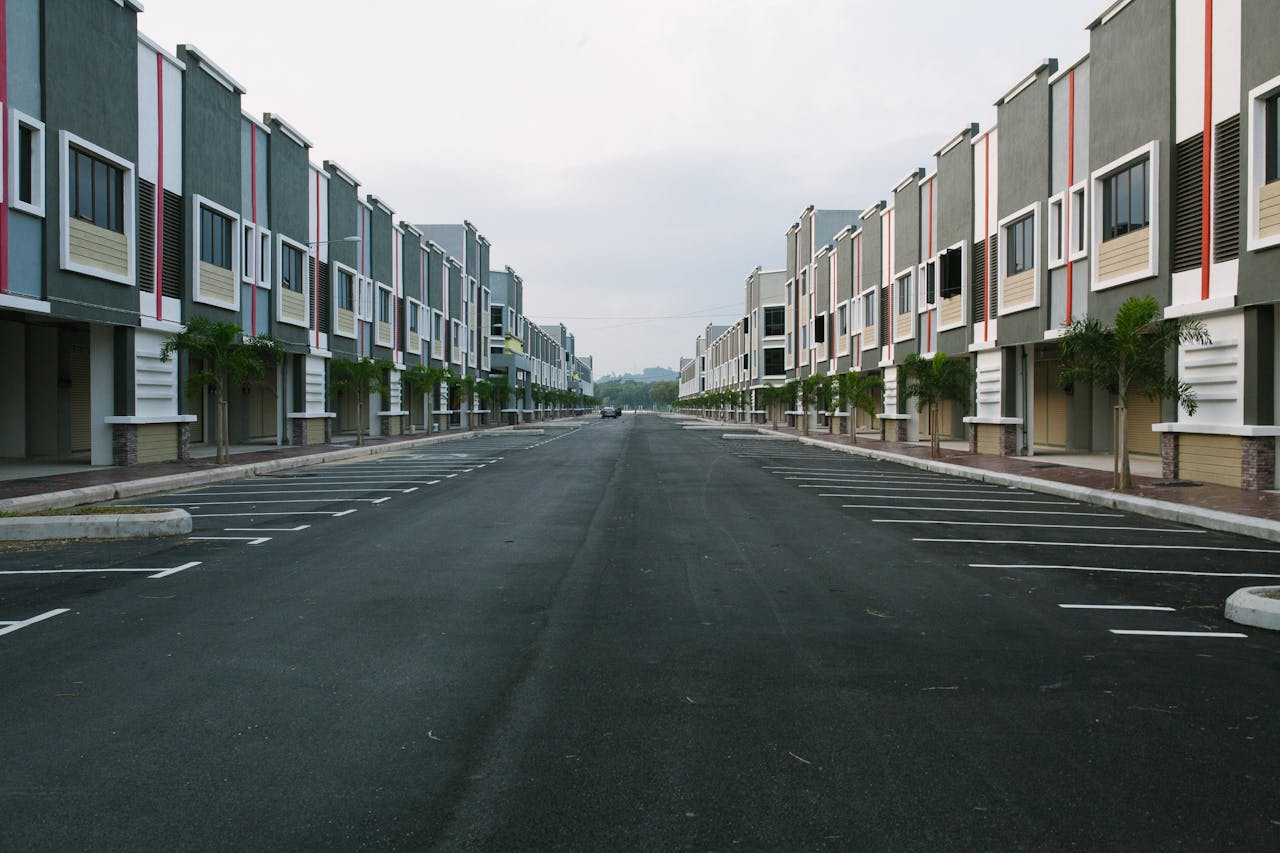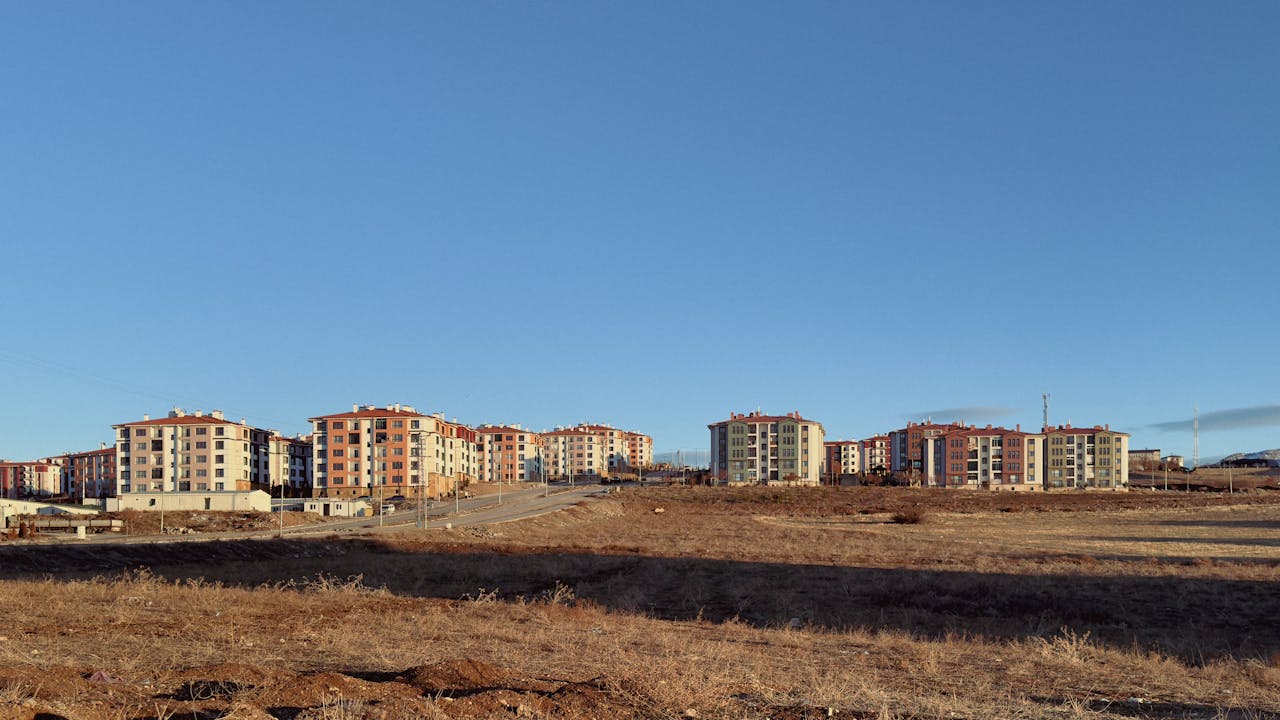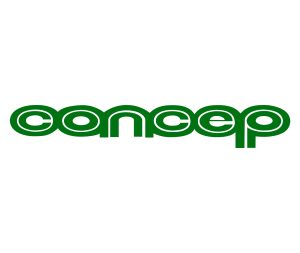

The Future of Urban Planning: Trends Shaping Tomorrow’s Cities
As urban populations grow and environmental concerns intensify, cities around the world are evolving to address the challenges of the future. The field of urban planning is at the forefront of this transformation, integrating cutting-edge technologies, sustainable practices, and community-focused initiatives. Here are the top trends shaping the future of urban living:
1. Sustainable Urbanism
Modern cities are prioritizing environmental sustainability by reducing carbon footprints and enhancing green infrastructure. Features such as energy-efficient buildings, renewable energy systems, and green roofs are becoming essential components of urban design. Cities like Copenhagen and Singapore are leading examples of sustainable urban planning.
2. The Rise of Smart Cities
Technology plays a crucial role in shaping tomorrow’s cities. The Internet of Things (IoT), big data, and AI-powered systems help optimize transportation, energy consumption, and waste management. Smart cities like Barcelona and Tokyo are harnessing these innovations to enhance urban efficiency and quality of life.
3. Climate Resilience and Adaptive Infrastructure
Extreme weather events and rising sea levels are driving the need for resilient city designs. Solutions like “sponge cities,” which absorb excess rainwater, and renewable microgrids for energy security are vital to ensuring urban areas can withstand climate-related challenges.
4. Community-Centric Development
The future of urban planning is inclusive and community-focused. This means designing walkable neighborhoods, accessible public spaces, and affordable housing. Cities like Amsterdam and Portland are renowned for their community-centered urban environments.
5. Mixed-Use Developments
Master planning is moving toward integrating residential, commercial, and recreational spaces within compact areas. Mixed-use developments reduce commutes, promote sustainability, and foster vibrant, 24/7 communities.
6. Long-Term Visionary Planning
Forward-thinking cities are adopting long-term strategies that align with population growth, technological advancements, and environmental constraints. Planning for the next 50 to 100 years ensures that infrastructure and resources meet future demands.
Urban planning is evolving rapidly, driven by the need for sustainability, resilience, and innovation. As these trends gain momentum, cities will transform into hubs of technology, community, and environmental harmony, ensuring a brighter future for generations to come.
Tags :

Longest running master planning & architectural design firms in the Philippines.
Latest Post


